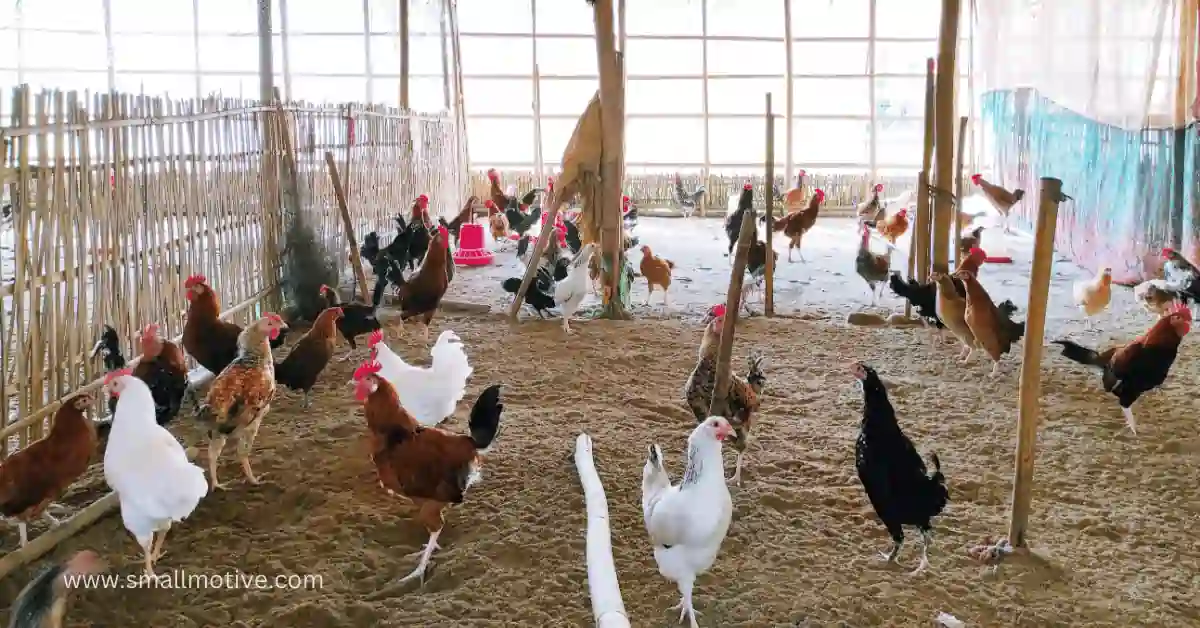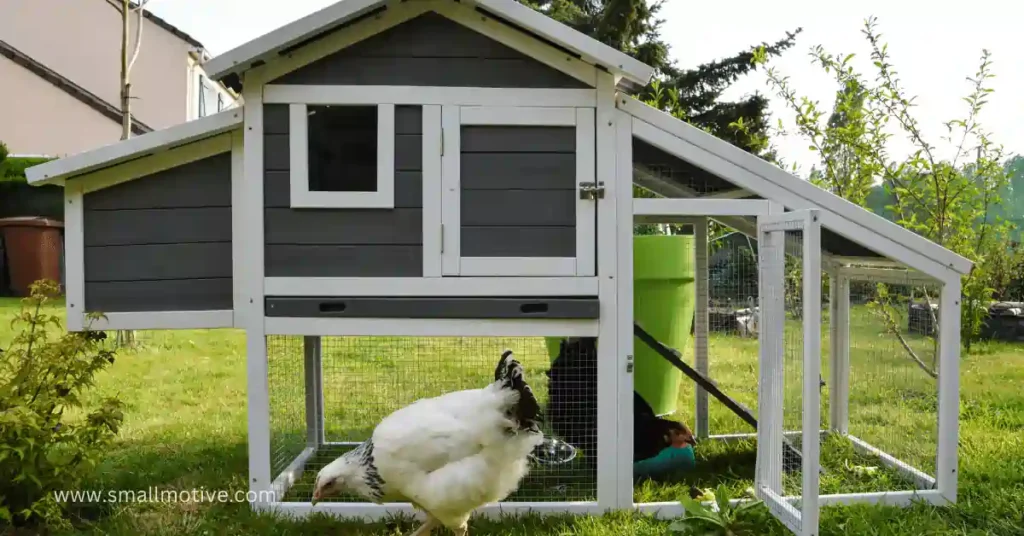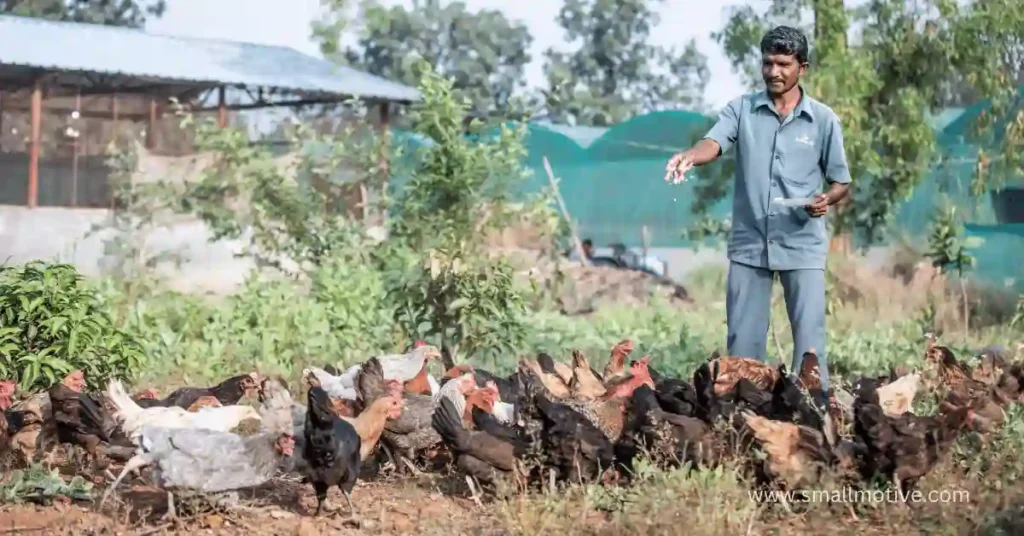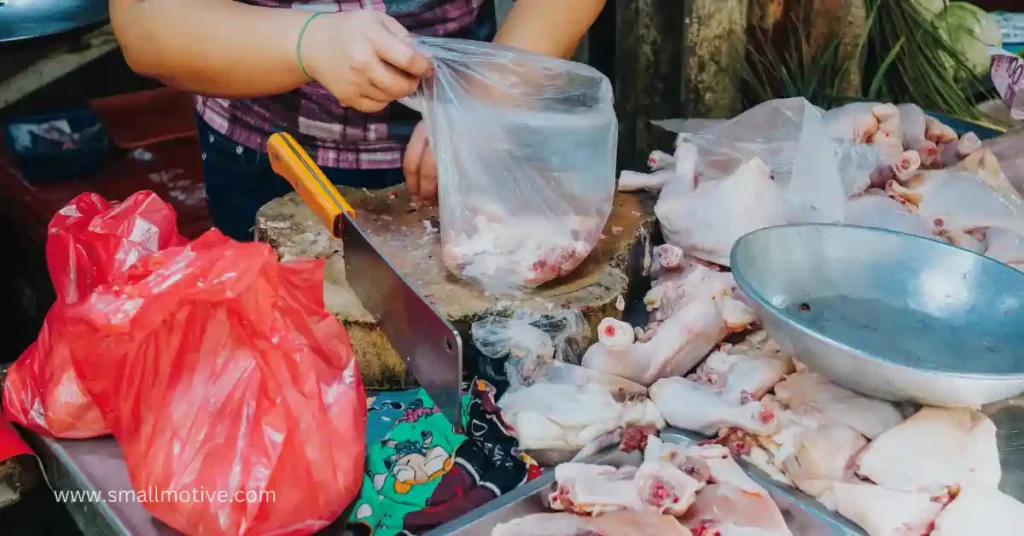Are you passionate about poultry and interested in starting your own chicken farm but worried about your limited budget? Don’t be discouraged – it’s possible to realise your dream of becoming a chicken farmer even with little or no money upfront. In this comprehensive guide, we’ll take you through the step-by-step process of establishing a successful chicken farm without breaking the bank.
1. Introduction
Understanding the Appeal of Chicken Farming
Why chickens, you might ask? Chickens are often the first choice for aspiring farmers due to their manageable size, low maintenance requirements, and the versatile products they provide. From fresh eggs to nutritious meat, chickens offer a sustainable source of food and income.
Chicken farming also allows you to connect with nature and learn valuable skills while enjoying the companionship of your feathered friends. Plus, it’s a family-friendly endeavour that can involve everyone, from kids to grandparents.
Overcoming Financial Hurdles
Starting a chicken farm may seem like a costly endeavour at first glance. But don’t be discouraged by the potential expenses. With resourcefulness and a willingness to roll up your sleeves, you can overcome these financial hurdles.
In this article, we will explore numerous ways to start a chicken farm with minimal initial investment. By the time you finish reading, you’ll have a clear roadmap for your budget-friendly poultry venture.
2. Planning Your Chicken Farm
Setting Clear Goals
Before you dive into the world of chicken farming, it’s essential to define your goals. What do you hope to achieve with your chicken farm? Are you looking to produce eggs for your family, supply your community with fresh poultry, or even generate extra income for your household?
By outlining your objectives, you can tailor your chicken farm to suit your specific needs. This targeted approach not only helps you stay focused but also minimises unnecessary expenses.
Choosing the Right Chicken Breeds
The success of your chicken farm depends, in part, on selecting the appropriate chicken breeds. Different breeds serve different purposes, and some are more suited to specific environments than others. Factors to consider when choosing your chickens include:
- Egg-Laying Breeds: If you’re primarily interested in a steady supply of eggs, opt for prolific layers like Leghorns or Rhode Island Reds.
- Meat Breeds: If you’re focusing on meat production, consider breeds such as Cornish Cross or Freedom Rangers.
- Dual-Purpose Breeds: Some breeds, like Plymouth Rocks and Orpingtons, offer a balance between egg production and meat quality.
- Climate Compatibility: Choose breeds that can withstand the climate in your area, reducing the need for climate control in your coop.
Securing the Necessary Permits and Regulations
Don’t let bureaucracy deter you from your chicken farming dream. While there may be regulations in place, they’re typically manageable and necessary for public health and safety. Research your local ordinances to understand the requirements for chicken farming in your area.
In most cases, you’ll need to obtain permits, adhere to zoning laws, and meet specific animal welfare standards. While these steps may seem daunting, they are crucial for the well-being of your chickens and your community’s satisfaction.
3. Acquiring Your Chickens
Raising Chicks from Eggs
One of the most economical ways to acquire chickens is by hatching them from eggs. This process can be incredibly rewarding and cost-effective. To get started, you’ll need an incubator, which you can often find secondhand or borrow from a fellow farmer.
Once you have an incubator, you can collect fertilised eggs, either from your own chickens or from local breeders. Follow the incubation process diligently, and in a few weeks, you’ll have your first batch of chicks.
Buying Pullets or Point of Lay Hens
If you prefer a faster route to egg production, consider purchasing pullets or points of lay hens. Pullets are young female chickens that are almost ready to start laying eggs, while point lay hens are slightly older but should start laying soon.
When buying pullets or point of lay hens, shop around for the best prices. Local farmers and poultry enthusiasts often have surplus birds available for purchase. It’s also an excellent opportunity to network and gain insights into chicken farming from experienced individuals.
Bartering or Trading for Chicks
If you have a skill or resource to offer, consider bartering for chicks. Some breeders might be willing to exchange chicks for goods or services. This is not only a budget-friendly option but also a great way to establish connections within the farming community.
Don’t be shy about proposing a trade. You never know what unique skills or items you have that can be valuable to others in the chicken farming world.
4. Chicken Housing on a Budget
Coop Design and Building
Creating a chicken coop is one of the most significant expenses for a chicken farm. However, there are plenty of ways to cut costs while providing a safe and comfortable home for your feathered companions.
When designing your coop, consider the following cost-saving strategies:
- DIY Construction: Building your coop from scratch can be more economical than purchasing a pre-made one. Gather materials from local hardware stores or repurpose existing structures on your property.
- Size Matters: Don’t go overboard with the size of your coop. A smaller, well-insulated coop is more cost-effective and easier to heat in the winter.
- Roosts and Nesting Boxes: Construct roosts and nesting boxes from scrap materials to save on expenses.
Utilising Recycled Materials
Recycling materials can significantly reduce your chicken farm’s setup costs. Look for opportunities to repurpose items in your coop construction, such as:
- Pallets: Pallets can be transformed into walls, floors, and even fencing.
- Scrap Wood: Gather scrap wood to build ramps, perches, and other coop features.
- Windows and Doors: Salvage old windows and doors to provide ventilation and access.
Effective Predator Protection
Protecting your chickens from predators is crucial. While it’s tempting to cut costs, compromising on security can lead to disaster. To save money while keeping your chickens safe, consider the following tips:
- Use Hardware Cloth: Invest in hardware cloth, a sturdy wire mesh, to fortify your coop against small predators like raccoons and weasels.
- Locking Mechanisms: Secure doors and openings with strong locks to prevent unauthorised access.
- Repellents and Traps: Implement natural repellents and traps to deter pests without breaking the bank.
By designing a budget-friendly coop and ensuring predator protection, you’ll provide a safe haven for your chickens without overspending.
5. Feeding Your Chickens
Growing Your Own Chicken Feed
Producing your own chicken feed is a cost-effective way to provide nutritious meals for your flock. While it requires some effort, the savings are worth it. Here’s how you can get started:
- Plant a Chicken Garden: Designate a portion of your land for growing chicken-friendly crops like corn, sunflowers, and clover.
- Composting: Recycle kitchen scraps and garden waste to create nutrient-rich compost for your chickens.
- Insect Farming: Raise insects like mealworms, black soldier fly larvae, or crickets to supplement your chickens’ diet.
Scavenging and Foraging Options
Chickens are natural foragers, and they can find some of their food by scratching around your property. To enhance their foraging experience, consider the following:
- Free-Range Grazing: Allow your chickens to free-range during the day, so they can forage for insects and plants.
- Food Scraps: Offer kitchen scraps and leftovers to your chickens, reducing waste and feed costs.
- Grass Clippings: Use grass clippings from your lawn as a supplemental food source.
Community Resources for Free Feed
Don’t overlook the potential resources available in your community for free chicken feed. Many businesses and individuals are willing to provide surplus food that can benefit your chickens:
- Bakeries: Bakeries often have leftover bread and pastries that chickens enjoy.
- Restaurants: Some restaurants have food scraps that can be used as chicken feed.
- Farms: Establish connections with local farms, as they may have excess crops or grains to share.
By incorporating these strategies, you can significantly reduce your chicken feed expenses and ensure your flock stays well-fed.
6. Healthcare and Maintenance
Preventive Measures
Preventing health issues in your chicken flock is more cost-effective than treating them later. Follow these preventive measures to keep your chickens healthy:
- Vaccinations: Research common chicken diseases in your area and consider vaccinations to protect your flock.
- Cleanliness: Maintain a clean coop to reduce the risk of disease transmission.
- Regular Checkups: Schedule regular checkups with a poultry veterinarian to catch issues early.
DIY Remedies
Sometimes, despite your best efforts, chickens may still get sick. In such cases, having a basic understanding of DIY remedies can save you money on veterinary bills. Some common remedies include:
- Herbal Supplements: Herbs like oregano and garlic have natural healing properties for chickens.
- Hydration: Proper hydration with electrolyte solutions can aid recovery.
- Wound Care: Learn how to clean and dress minor wounds to prevent infection.
Building a Support Network
Joining a local or online chicken farming community can be invaluable. Fellow chicken enthusiasts can provide guidance, share experiences, and offer assistance when needed. Don’t hesitate to seek advice and support from experienced farmers.
7. Marketing and Selling Your Products
Building Local Connections
Once your chicken farm is up and running, it’s time to market your products. Building local connections is a budget-friendly way to establish your presence. Consider these strategies:
- Farmers’ Markets: Engage with your community by taking part in nearby farmers’ markets, where you can establish direct connections with local consumers.
- Community Sales: Host open houses or sales events on your farm to attract local buyers.
- Cooperative Marketing: Collaborate with other local farmers to share marketing costs and expand your reach.
Online Marketing with Minimal Investment
In the digital age, online marketing is essential. Fortunately, you can promote your chicken farm online with minimal investment. Here are some cost-effective online marketing ideas:
- Social Media: Create profiles on social media platforms to showcase your products and interact with customers.
- Blogging: Start a blog to share your chicken farming journey, offering insights and advice.
- Email Marketing: Build an email list of interested customers and send out newsletters with special offers.
8. FAQs
1. Is it possible to start a chicken farm with no money?
Yes, it’s possible with careful planning, resourcefulness, and utilising cost-saving strategies.
2. How can I acquire knowledge about poultry farming for free?
You can find valuable resources online and seek advice from experienced farmers in your area.
3. What types of government assistance are available for chicken farming?
Many countries offer grants and support programs for small-scale farmers. Research your local options.
4. How long does it take to see a profit from a chicken farm?
Profitability varies, but it may take several months to a few years, depending on your farm’s size and business strategy.
5. Can I start a chicken farm as a part-time venture?
Yes, you can start small and gradually expand your farm while keeping another job.
9. Conclusion
Embracing the Challenges
Starting a chicken farm with limited funds is undoubtedly a challenging endeavour. Achieving this goal demands commitment, a strong work ethic, and an open-mindedness to acquire new knowledge and embrace change. However, the rewards are significant, both in terms of the sustainable food source you’ll create and the satisfaction of achieving your dream.
The Fulfilment of a Budget-Friendly Chicken Farm
Remember that every penny saved is a step closer to a sustainable and thriving chicken farm. By following the budget-friendly strategies outlined in this article, you can turn your chicken farming dream into a reality without emptying your wallet.
In conclusion, while starting a chicken farm with no money may seem extreme, it’s entirely possible with the right knowledge and a commitment to success. So, roll up your sleeves, embrace the challenges, and get ready to enjoy the fulfilling and budget-friendly world of chicken farming. Your journey begins now.




